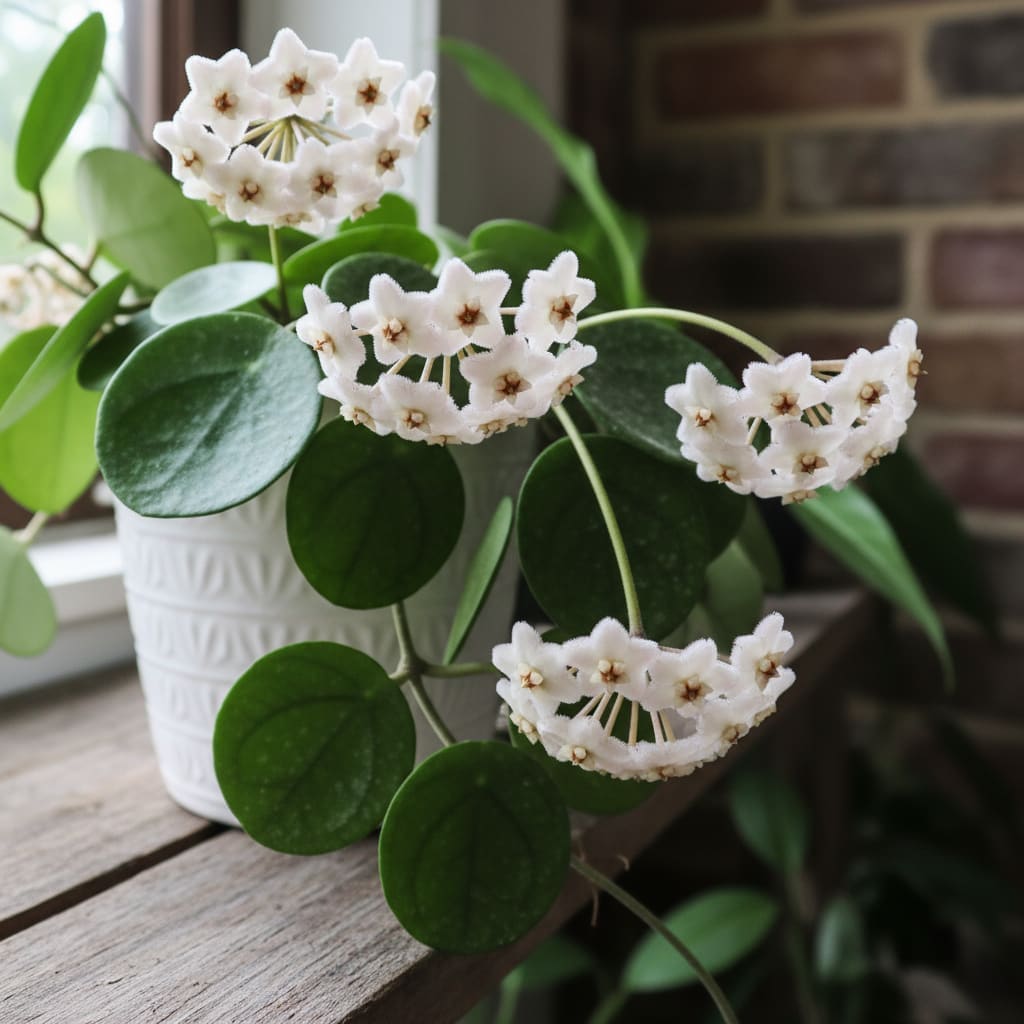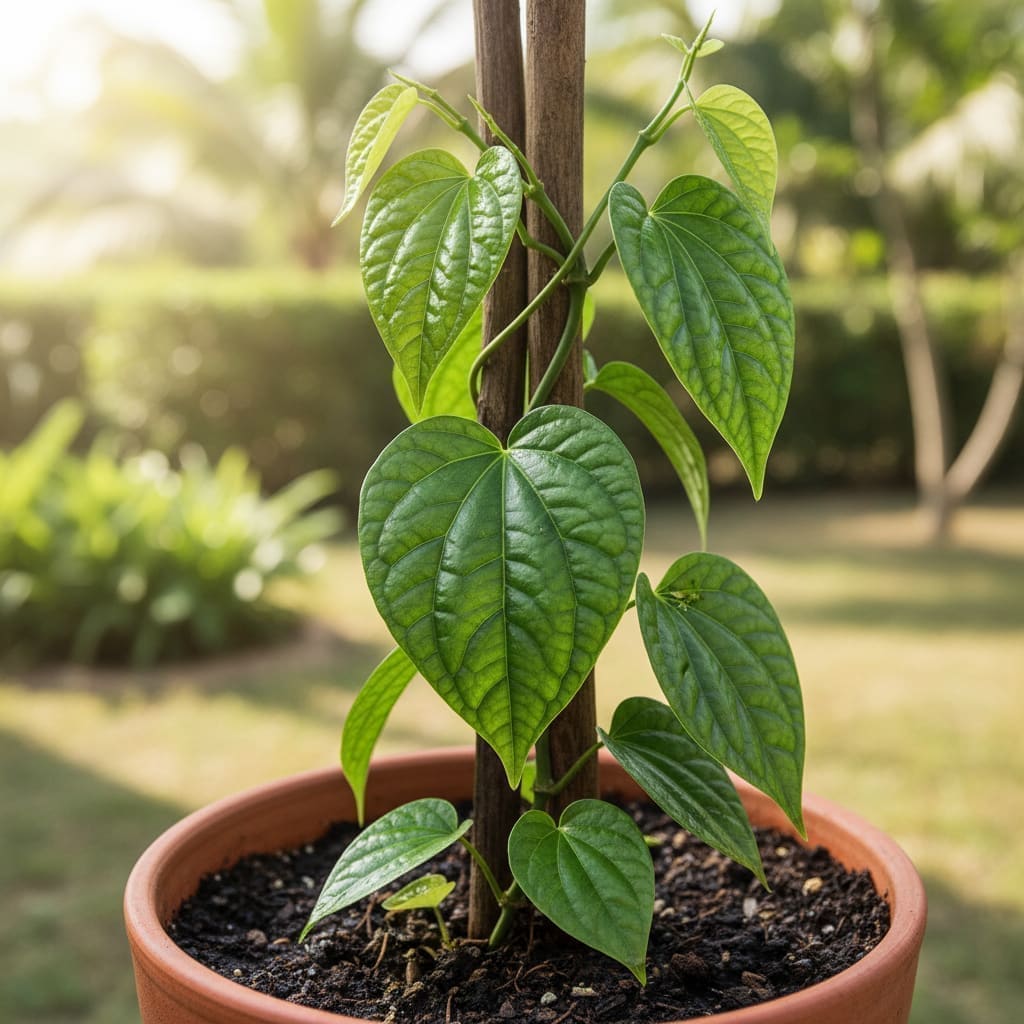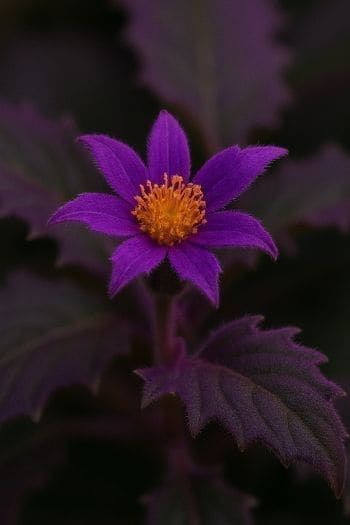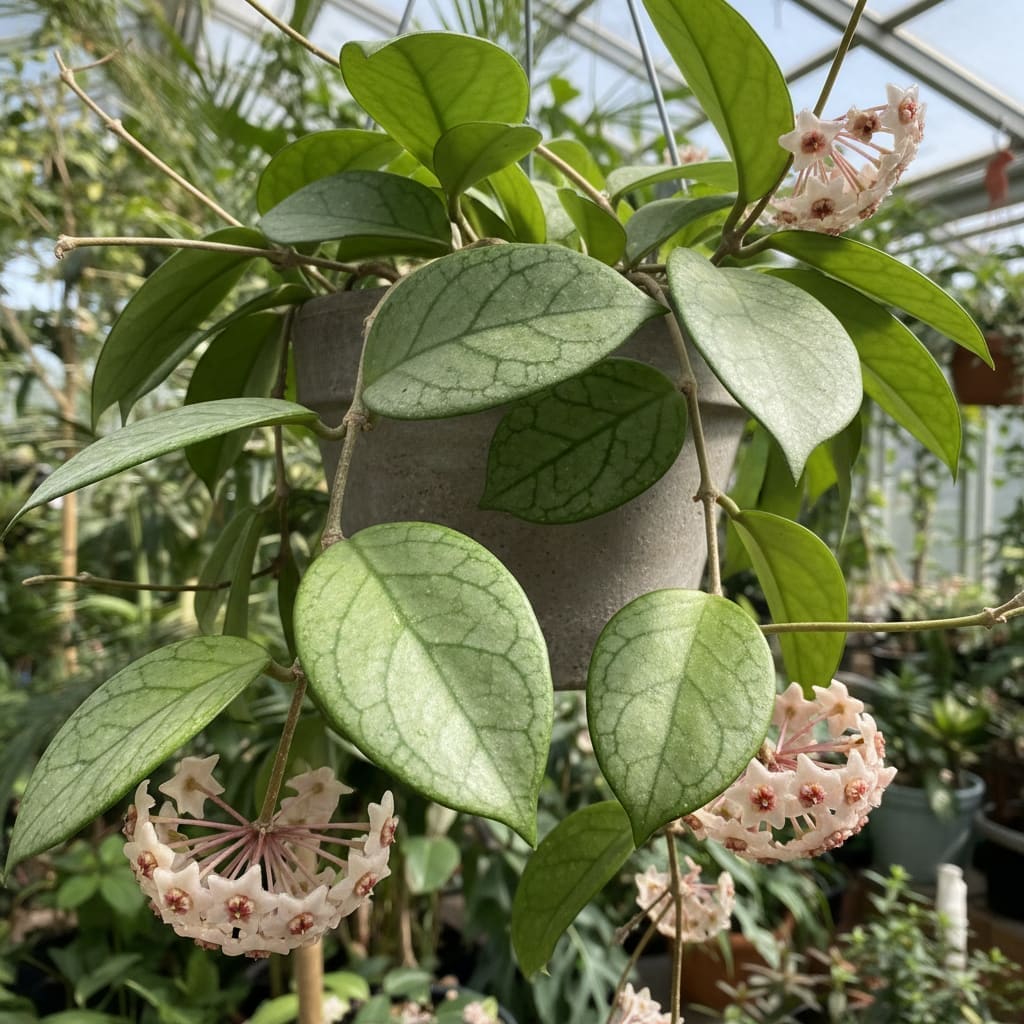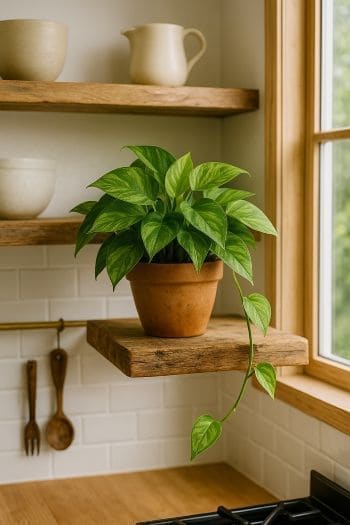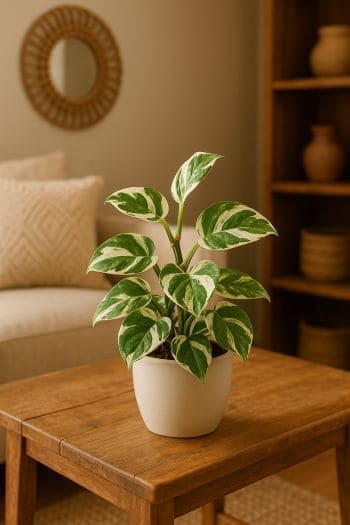Hoya mathilde Care & Growing Guide
Overview
Hoya mathilde is a charming hybrid in the Hoya genus, believed to originate from Southeast Asia. It is prized for its compact, vining growth habit and clusters of fragrant, star-shaped flowers. This plant is a cross between Hoya carnosa and Hoya serpens, combining attractive foliage with prolific blooming. Known for tolerating being slightly root-bound, Hoya mathilde can flower even in smaller pots, making it a favorite among collectors and indoor gardeners.
Identification & Growth Habit
Hoya mathilde is a trailing or climbing epiphyte with small, round to oval, slightly succulent leaves. The foliage is often flecked with silvery speckles, adding ornamental interest even when the plant is not in bloom. Stems are flexible and can be trained to climb supports or cascade from hanging baskets. Mature plants produce umbels of white to pale pink flowers with a sweet fragrance.
Light & Placement
This plant thrives in bright, indirect light. Direct sun can scorch the leaves, while insufficient light may reduce flowering. Position it near an east- or north-facing window, or in a bright room with filtered light. If natural light is limited, supplement with a full-spectrum grow light for 10–12 hours daily.
- Ideal light: Bright, indirect
- Avoid: Prolonged direct midday sun
- Supplement: Grow light in low-light rooms
Watering & Humidity
Allow the top 1–2 inches of soil to dry between waterings. Overwatering is a common cause of root rot, so err on the side of slightly dry soil. Increase watering frequency during active growth in spring and summer, and reduce in autumn and winter.
- Humidity: Prefers 50–70% relative humidity
- Tips: Use a humidity tray, room humidifier, or occasional misting in dry environments
Soil & Repotting
Use a well-draining potting mix to prevent waterlogging. A blend of peat, perlite, and orchid bark works well, or choose a commercial orchid or epiphyte mix. Aeration is essential for healthy roots.
- Repot only when the plant becomes very root-bound or the soil breaks down
- Hoya mathilde often blooms better when slightly pot-bound
Fertilizing
Feed with a balanced, water-soluble fertilizer diluted to half strength every 4–6 weeks during the growing season. Reduce or stop feeding in winter when growth slows. Overfertilizing can lead to salt build-up in the soil, so flush the pot occasionally with plain water.
Pruning & Training
Prune to control size, remove damaged leaves, and encourage branching. Avoid cutting the peduncles (flower spurs), as these can rebloom. Train the vines onto a trellis, hoop, or moss pole for a vertical display, or allow them to trail naturally from a hanging planter.
Propagation
Step-by-Step Stem Cutting Method
- Select a healthy stem with at least two nodes.
- Using clean, sharp scissors or pruners, cut just below a node.
- Remove the lower leaves, leaving at least one pair at the top.
- Place the cutting in water or in a moist, well-draining potting mix.
- Keep in bright, indirect light and maintain moderate humidity.
- Roots typically develop in 4–6 weeks; transplant to a small pot once established.
Common Problems
Pests
- Mealybugs: Remove with a cotton swab dipped in isopropyl alcohol and monitor regularly.
- Spider mites: Increase humidity and rinse foliage; use insecticidal soap if needed.
- Scale insects: Manually remove or treat with horticultural oil.
Diseases
- Root rot: Caused by overwatering or poorly draining soil; trim affected roots and repot in fresh mix.
- Leaf spot: Remove affected leaves and improve air circulation.
Toxicity & Pet Safety
Hoya mathilde is considered toxic if ingested by pets or humans. Keep it out of reach of cats, dogs, and small children. Contact a veterinarian if accidental ingestion occurs.
Styling & Decor Tips
- Display in a hanging basket to showcase trailing vines.
- Train on a small trellis for a compact, upright form.
- Pair with other tropical plants for a lush indoor jungle look.
- Highlight blooms by placing the plant at eye level during flowering season.
Varieties & Cultivars
As a hybrid, Hoya mathilde is relatively uniform, though minor variations in leaf speckling and flower color intensity can occur between individual plants. No widely recognized named cultivars are established.
Buying Tips & Maturity
- Choose plants with firm, unblemished leaves and no signs of pests.
- Look for established roots and multiple vines for faster blooming potential.
- Flowering may occur once the plant is mature and has sufficient light, even in a small pot.
Seasonal Care
- Spring/Summer: Active growth; water and fertilize regularly, provide bright light.
- Autumn/Winter: Reduce watering and feeding; maintain light levels to encourage winter blooms.
- Protect from cold drafts and sudden temperature changes year-round.
FAQ
- How often does Hoya mathilde bloom? With proper care and light, it can bloom multiple times a year, often from the same peduncles.
- Can I grow Hoya mathilde outdoors? Only in frost-free climates; otherwise, keep it indoors or bring it inside when temperatures drop below 60°F (16°C).
- Why are my Hoya mathilde leaves yellowing? Common causes include overwatering, poor drainage, or insufficient light.
- Should I remove spent flower stalks? No—leave peduncles intact, as they can rebloom in future seasons.
- Does it need a lot of humidity? Moderate to high humidity (50–70%) is ideal, but it can adapt to average indoor levels with some supplemental care.
Troubleshooting Growth Issues
- No blooms despite healthy foliage: Increase light intensity gradually, ensure the plant is slightly pot-bound, and avoid excessive nitrogen fertilizer.
- Leggy, sparse vines: Pinch back tips to encourage branching and provide a support structure for climbing.
- Wrinkled leaves: Indicates underwatering or root issues; check soil moisture and root health.
Advanced Pruning & Training Techniques
For a fuller display, consider looping long vines back into the pot to root at nodes, creating a denser plant. Use soft plant ties to secure stems without damaging them. Spiral training on a hoop can maximize flower display by keeping peduncles in optimal light positions. After flowering, lightly trim for shape, but retain healthy peduncles for repeat blooms.
Pest & Disease Quick Reference
- Thrips: Distorted new growth; treat with systemic insecticide or repeated neem oil sprays.
- Fungus gnats: Small black flies near soil; allow soil to dry more between waterings and use sticky traps.
- Botrytis (gray mold): Fuzzy gray patches on leaves/flowers; improve air circulation and remove affected parts promptly.
Companion Plant Suggestions
Pair Hoya mathilde with plants that enjoy similar light and humidity, such as Philodendron micans, Peperomia obtusifolia, or Ficus pumila. These companions can create layered textures and complementary foliage colors without competing aggressively for root space.
Do & Don't List
- Do: Rotate the plant periodically for even growth.
- Do: Use clean tools to prevent disease spread during pruning.
- Don't: Repot too frequently; this can delay blooming.
- Don't: Place near heating vents or cold drafts.
